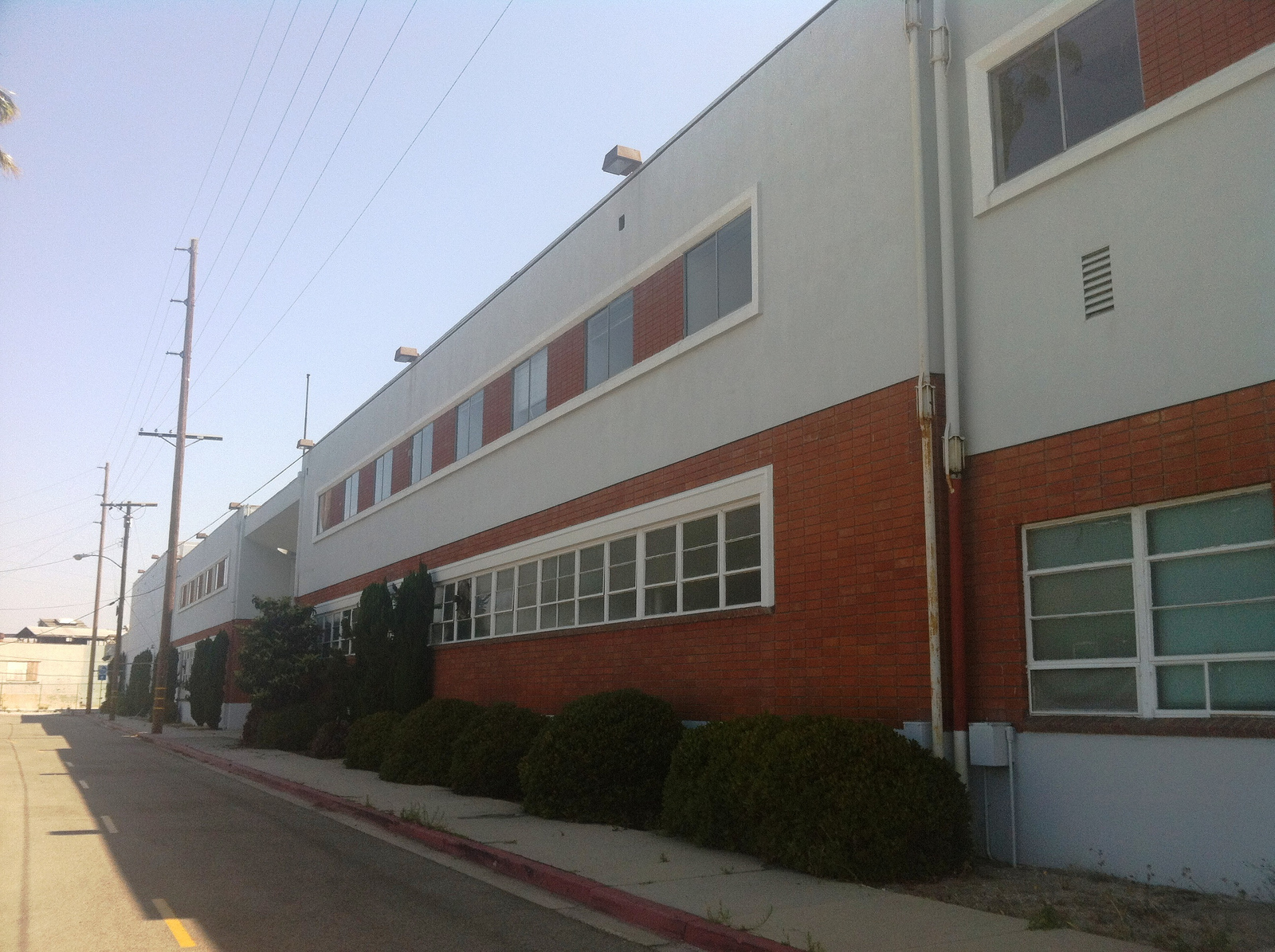
Place
Terminal Island ‘Furusato’ Tuna Street Buildings
These two buildings are the last vestige of a Japanese fishing village and commercial district that thrived on Terminal Island before World War II
Active
This place has been named as one of America’s 11 Most Endangered Historic Places for 2025.
Place Details
Address
Get directions
Style
Property Type
Government Officials
Community
Overview
Update: On August 22, 2025, the Los Angeles City Council approved the nomination of the Terminal Island “Furusato” Tuna Street Buildings for Historic-Cultural Monument designation!
Terminal Island tells an important story about Los Angeles and the nation’s maritime, commercial, and Japanese American history. In recent years the Port of L.A. has established an ongoing pattern and practice of needlessly demolishing historic buildings at Terminal Island without considering feasible alternatives. Nanka Shoten and A. Nakamura Co. are the last two remaining buildings from the Japanese American fishing village on Terminal Island currently at risk of demolition.
About This Place
About This Place
By 1940, Terminal Island’s Japanese American community had reached a population of 3,000, formed alongside the growing fishing and canning facilities in the Fish Harbor section of Terminal Island. Among the Nisei, second generation Japanese Americans born on Terminal Island, the community was called “Furusato,” meaning “home sweet home.” The commercial heart of this Japanese American community was Tuna Street, which was lined with restaurants, barber shops, and pool halls.
In 1942, this community was the first in the nation to be forcibly removed and relocated to World War II incarceration camps. After the forced evacuation of the residents, their homes, places of worship, schools and most of the community’s built environment was demolished. Only the two Tuna Street commercial buildings remain of this pre-World War II community.
Tuna Street was the main business thoroughfare and home to the dry goods store Nanka Shoten (1918) and the grocery A. Nakamura Co. (1923). A. Nakamura Co’s proprietor was Akimatsu Nakamura, a Japanese-born American citizen. His family lived nearby at 222-a Terminal Way. As were most of the Japanese American residents of Terminal Island, Mr. Nakamura was arrested by the FBI in 1942, shortly after the attack on Pearl Harbor.
Both buildings were designed in a vernacular style, using common materials and simple detailing. Despite alterations over the years, these two buildings retain their basic form and continue to tell a crucial part of Terminal Island’s story.
Our Position
For nearly two decades, the Conservancy has been a leading advocate for preservation on Terminal Island, working tirelessly to ensure this place and its important buildings and layers of history are not completely lost. Located at 700-702 and 712-716 Tuna Street, these modest-looking buildings impart extraordinary significance and are among the final physical links to a once-vibrant Japanese American community that was tragically erased during World War II.
On August 22, 2025, the Los Angeles City Council designated the Island “Furusato” Tuna Street Buildings as a Historic-Cultural Monument. The Conservancy is continuing to work with the Terminal Islander Association on a long term vision for the site.
In 2024, it became apparent that the Port of Los Angeles planned to demolish these buildings. Our immediate efforts focused around designating the Terminal Island ‘Furusato’ Tuna Street Buildings as a City of Los Angeles Historic-Cultural Monument.
On February 19, 2025, District 15 Councilmember Tim McOsker, introduced a motion to designate two historic buildings on Terminal Island as a Historic-Cultural Monument (HCM). On this same date, in 1942 President Franklin D. Roosevelt signed Executive Order 9066 that set into motion the incarceration of Japanese Americans during World War II. Unanimously approved, the motion directed city’s Planning Department to prepare the Historic-Cultural Monument application for consideration by the Cultural Heritage Commission before a final City Council vote.
“We must preserve what remains, not only to protect an important part of Los Angeles’ cultural and social history but to honor their contributions and ensure that future generations learn from this past and carry forward their legacy,” said Councilmember Tim McOsker at the hearing.
In order to garner more publicity and public support, the Conservancy nominated the threatened buildings on America’s 11 Most Endangered Historic Places. On May 7, 2025, the National Trust for Historic Preservation included Terminal Island Japanese American Tuna Street Buildings on its annual list. Now in its 38th year, the National Trust’s annual list of America’s 11 Most Endangered Historic Places has proven to be a highly effective tool for shining a light on the threats facing our nation’s greatest treasures.
Related Links
News and other sources of information about Terminal Island’s rich history
News
- “The Lost Community of Terminal Island,” KTLA, May 15, 2025.
- “L.A.’s Terminal Island buildings listed among America’s 11 most endangered historic places,” Los Angeles Times, May 7, 2025.
- “Inside the efforts to preserve Terminal Island’s Japanese history,” Spectrum News 1, September 9, 2024.
- “The fight to save the last pieces of the historic Japanese fishing village on Terminal Island,” Los Angeles Times, August 22, 2024.
- “Save Tāminaru: The Fight to Preserve Terminal Island’s JA Heritage,”
The Rafu Shimpo, May 18, 2024.
- Conservancy Letter to the Cultural Heritage Commisson in Support of HCM, May 30, 2025
- HCM Nomination, Terminal Island ‘Furusato’ Tuna Street Buildings, prepared by the Office of Historic Resources
- Councilmember McOsker’s Motion to Initiate the Japanese American Commercial Village Buildings as an HCM
- Conservancy Letter to Harbor Commission and Port of L.A. on potential demolition of 700-702 and 712-716 Tuna Street buildings, June 7, 2024









